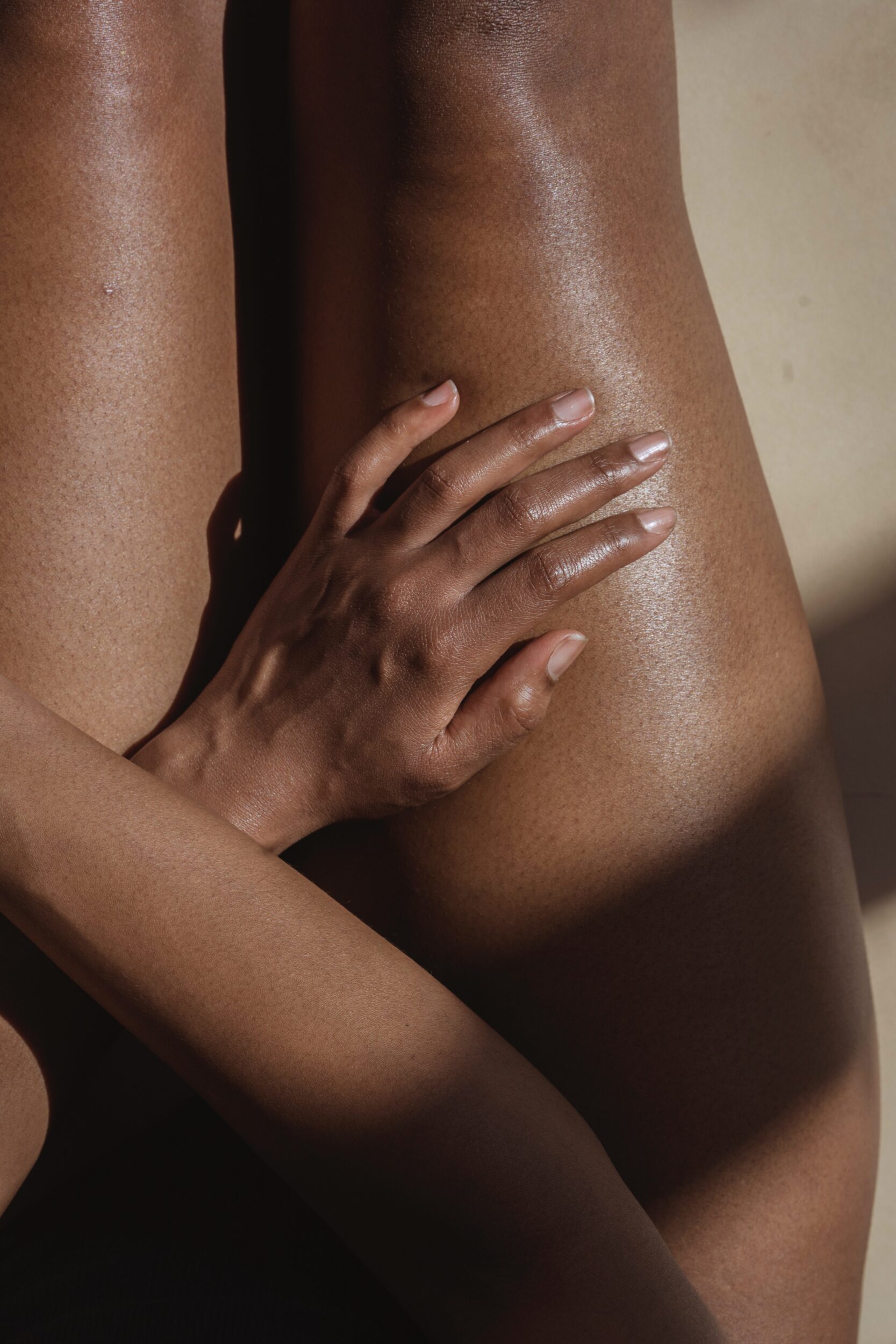Whether you are on vacation or not, it is possible that you have already exposed yourself to the sun’s rays. Result? You definitely got the colors. But if you start taking a closer look, you will see that the tan is not necessarily uniform on all parts of your body. It’s very subtle, but there’s a difference. But why ? According to a 2010 study by Scottish researchers, published in the journal Experimental dermatology, it would be physically impossible to tan evenly.
To understand how the body reacts to the sun’s rays, scientists from the University of Edinburgh called on a hundred volunteers ready to undergo 6 UV-B sessions. These have been targeted on areas of the body, back or buttocks. After each session, these volunteers received an injection to simulate blood flow, to reproduce the natural phenomenon operated by the body 24 hours after exposure.
A week later, the researchers analyzed the skin of each study participant. They found that the buttocks of the exposed people showed greater resistance to the sun than their backs. They therefore tend to tan much less than other parts of the body.

Why such a disparity?
The answer to this question is purely scientific and obviously doesn’t depend on how long you spend in the sun or where you tan. It is in fact linked to the level of melanocytes distributed in every part of the body. Melanocytes are cells responsible for skin pigmentation as they synthesize melanin. They reside in the cavities of the hair follicles.
On average we therefore find melanocytes at a height of between 2000 and 2500/mm2 on the face, between 900 and 1700 on the trunk and only a few hundred in the palms of the hands. This uneven distribution makes the tan not always uniform on all parts of the body. Also, some melanocytes may function much less well over time, which makes tanning quite difficult in some areas.
Now that everything has been said, have a good summer and don’t forget: sunscreen, however effective it may be, never protects the skin 100% from UVA and UVB rays. And exposure between 12:00 and 16:00 (period when the sun is at its zenith) is strongly discouraged.
Do you like our articles? You will love our newsletters! Sign up for free on this page.
Source: Madmoizelle
Mary Crossley is an author at “The Fashion Vibes”. She is a seasoned journalist who is dedicated to delivering the latest news to her readers. With a keen sense of what’s important, Mary covers a wide range of topics, from politics to lifestyle and everything in between.




